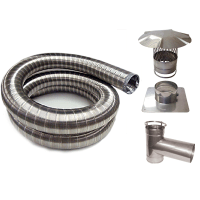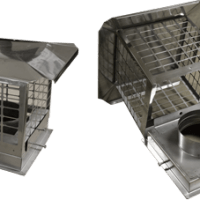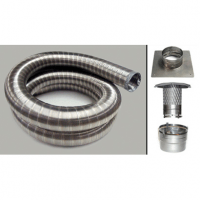Call Now and Save!
1-866-941-5112
- Cut the wood to the right length.
The wood you purchased or cut yourself should fit easily in your wood stove or fireplace. A good rule of thumb is to make sure it is about three inches shorter than the firebox width or length. - Split your wood before stacking it.
After you determine the proper length, split the wood so it is the right width. This is usually no more than six inches in diameter. Splitting the wood in advance of stacking it increases exposure to air, which improves the drying process. - Check the moisture content.
After splitting the firewood, use a moisture meter to check the starting moisture content. The goal is 20 percent moisture content. - Stack your wood in alternate directions.
This spacing allows for better circulation and further reduces moisture content. - Store your firewood off the ground.
Build a wood shed or a structure to keep firewood six inches or more off the ground. This will help protect the bottom of the wood pile from moisture. - Cover the top, but leave the sides exposed.
The best option is to build a structure that has a roof. You can use a tarp to cover the top of the woodpile. When using a tarp be careful not to have the tarp hang over the sides so moisture is trapped. In warm summer months, you might want to remove the tarp to speed up the drying process. - Store the wood for at least 12 months.
It’s hard to wait, but the best way to know you are burning dry wood is to not burn it for at least 12 months.
More tips at www.burndryfirewood.com






